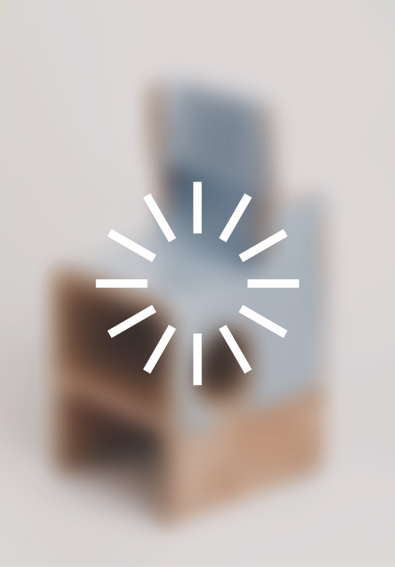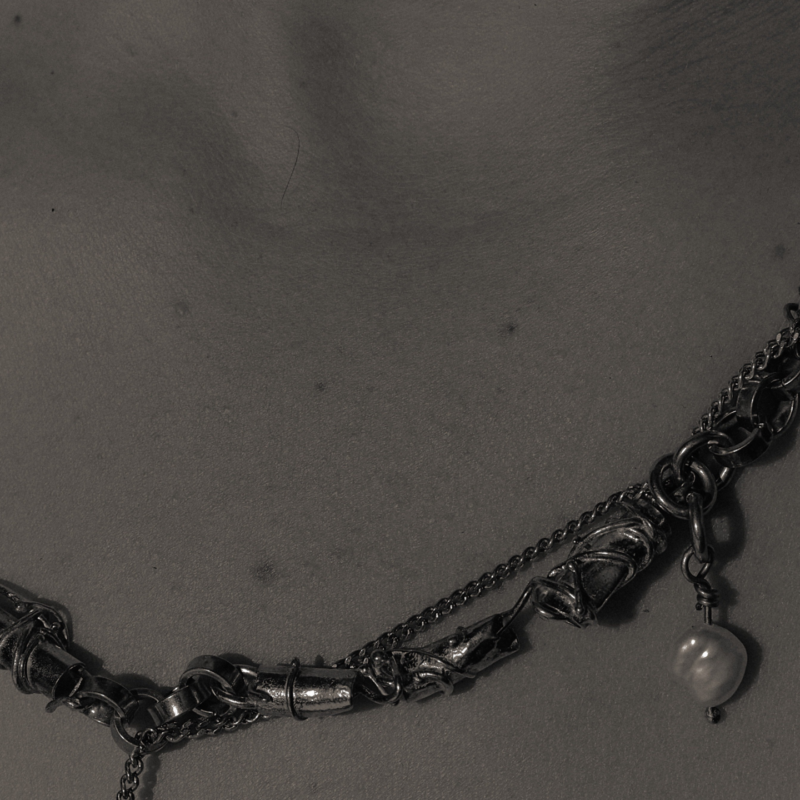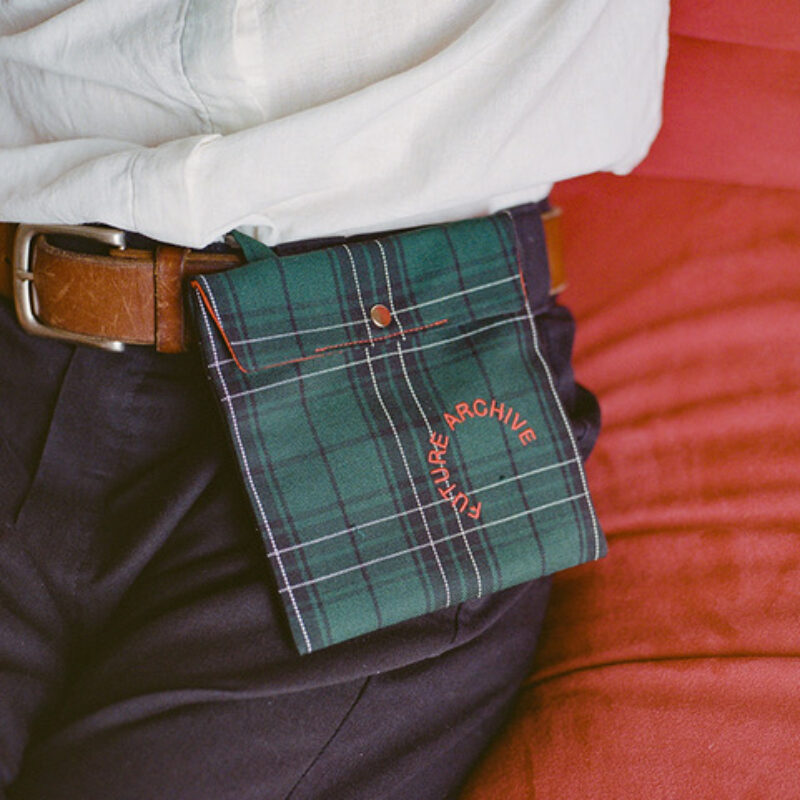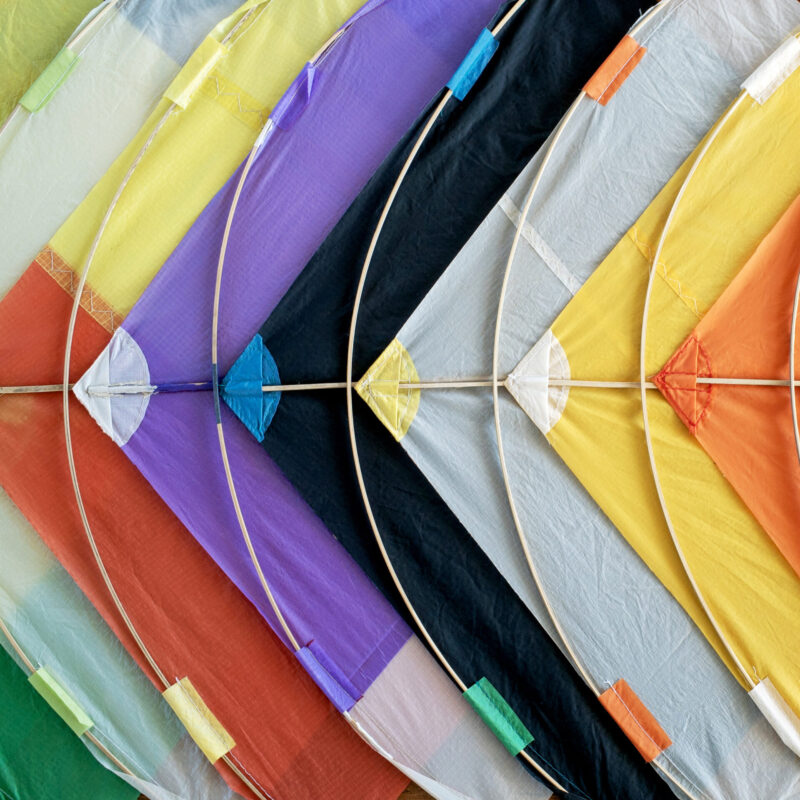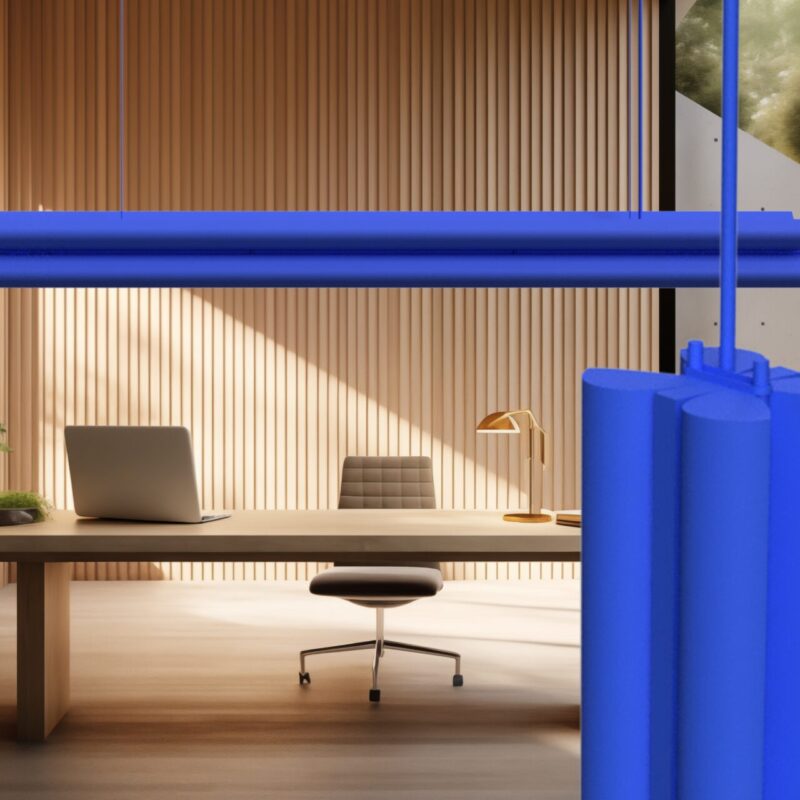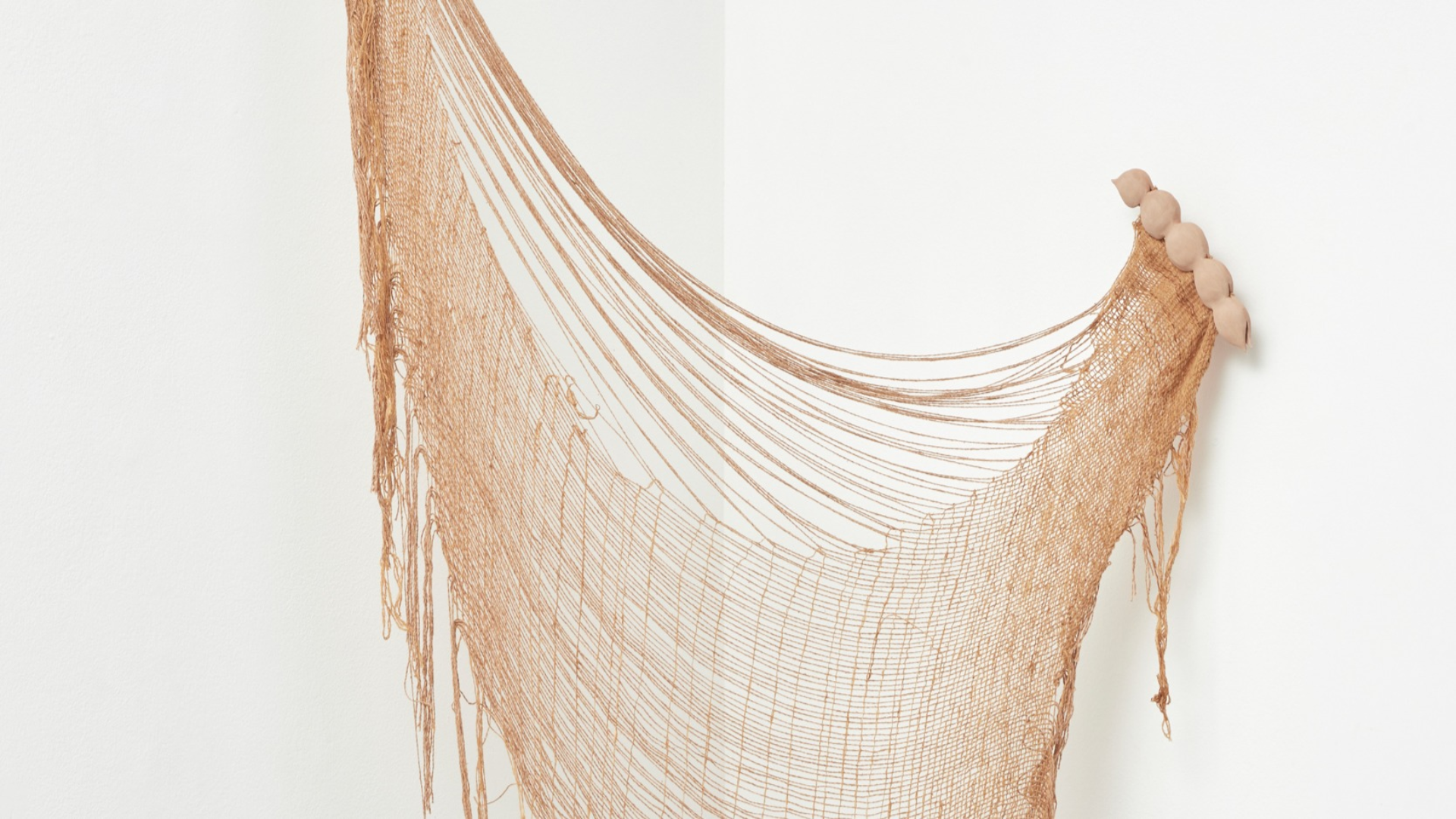
Collapsed Ecologies Past Event
Tickets
Dates
Venue
Access
All gender bathroom, Low sensory / relaxed, Seating availableCollapsed Ecologies shows the work of designers and artists who focus on materiality and making through contemporary textiles and experimental objects.
This exhibition invites engagement with the natural and synthetic resources they use to create their work. We enjoy and care for these materials; from hand spun cotton to animal skins, lush synthetic fibres and natural clay – but their use also illuminates our precarious relationship with the world around us in an age of climate crisis and the resulting threat to our ecological systems. Through weaving, tapestry, embroidery, embellishment, ceramics and 3D printing, Collapsed Ecologies reflects some of the collective anxieties around ecological and ethical issues and encourages optimism for the future.
Participants
Troy Emery works primarily with textiles in a sculptural practice to produce figurative forms and imagery. His artwork examines the discourse surrounding our positioning within the natural world. Emery is interested in the boundaries between fine art, museums, natural history, craft, and the domestic space, seeing his works as blurring between each of these thresholds. Emery’s work also looks at his own personal anxiety as well as a collective anxiety around our position within nature. He views the animal form as being representative of the other, an outsider to the experience of being human. Emery’s works function as both decorative motifs and tokens of ecological ruination and alienation.
Caro Pattle’s experimental object-based practice explores handcraft processes through a lens of contemporary materiality. She draws from a range of craft disciplines to create works that joyfully muddle organic/inorganic binaries. Pattle’s practice spans large-scale public art installation through to small sculpture and is underpinned by ongoing research into material agency, object power and future worlds. Embedded across all of her output is a sense of pleasure and play.
Alterfact is an experimental design studio created by Lucile Sciallano and Ben Landau in 2014. Since graduating from Design Academy Eindhoven in 2013, Lucile and Ben have worked in tandem on various projects in different mediums. Their collaboration has culminated in the creation of Alterfact Studio, a platform through which to explore current and future issues and translate them into experiences, installations and objects. The studio conducts critical research with materials and data translated through the manufacture of ‘stuff’. Alterfact’s practice is currently focused on the use of 3D printing in clay as a small batch manufacturing process.
Her characteristic use of crafts, such as patchwork, knitting or embroidery, bestow a poetic quality — depicting plants and their growth – which defy our serial and industrialized times. Since she graduated from the Art Faculty of the Pontificia Universidad Católica del Perú, Barboza´s use of manual crafts became the means to convey a meditative and powerful observation with the environment and her relationship with reality. Her laborious use of traditionally feminine handicraft has become her trademark.
Aliki van der Kruijs creates textile and spatial works that are relational to time, place and landscape. The weather and geology, where light, water and cycles are the connective element walk through almost all her projects. That is how she follows her curiosity to the confluence of Earth’s ground and sky. Her practice fundaments on an intuitive encounter with the world through fieldwork. Many of her projects originated on or in response to a location, phenomena, natural (re)sources or a specific technique with a strong sense of coloring processes.
Dates
Tickets
Venue
Access
All gender bathroom, Low sensory / relaxed, Seating availableCollapsed Ecologies shows the work of designers and artists who focus on materiality and making through contemporary textiles and experimental objects.
This exhibition invites engagement with the natural and synthetic resources they use to create their work. We enjoy and care for these materials; from hand spun cotton to animal skins, lush synthetic fibres and natural clay – but their use also illuminates our precarious relationship with the world around us in an age of climate crisis and the resulting threat to our ecological systems. Through weaving, tapestry, embroidery, embellishment, ceramics and 3D printing, Collapsed Ecologies reflects some of the collective anxieties around ecological and ethical issues and encourages optimism for the future.
Participants
Troy Emery works primarily with textiles in a sculptural practice to produce figurative forms and imagery. His artwork examines the discourse surrounding our positioning within the natural world. Emery is interested in the boundaries between fine art, museums, natural history, craft, and the domestic space, seeing his works as blurring between each of these thresholds. Emery’s work also looks at his own personal anxiety as well as a collective anxiety around our position within nature. He views the animal form as being representative of the other, an outsider to the experience of being human. Emery’s works function as both decorative motifs and tokens of ecological ruination and alienation.
Caro Pattle’s experimental object-based practice explores handcraft processes through a lens of contemporary materiality. She draws from a range of craft disciplines to create works that joyfully muddle organic/inorganic binaries. Pattle’s practice spans large-scale public art installation through to small sculpture and is underpinned by ongoing research into material agency, object power and future worlds. Embedded across all of her output is a sense of pleasure and play.
Alterfact is an experimental design studio created by Lucile Sciallano and Ben Landau in 2014. Since graduating from Design Academy Eindhoven in 2013, Lucile and Ben have worked in tandem on various projects in different mediums. Their collaboration has culminated in the creation of Alterfact Studio, a platform through which to explore current and future issues and translate them into experiences, installations and objects. The studio conducts critical research with materials and data translated through the manufacture of ‘stuff’. Alterfact’s practice is currently focused on the use of 3D printing in clay as a small batch manufacturing process.
Her characteristic use of crafts, such as patchwork, knitting or embroidery, bestow a poetic quality — depicting plants and their growth – which defy our serial and industrialized times. Since she graduated from the Art Faculty of the Pontificia Universidad Católica del Perú, Barboza´s use of manual crafts became the means to convey a meditative and powerful observation with the environment and her relationship with reality. Her laborious use of traditionally feminine handicraft has become her trademark.
Aliki van der Kruijs creates textile and spatial works that are relational to time, place and landscape. The weather and geology, where light, water and cycles are the connective element walk through almost all her projects. That is how she follows her curiosity to the confluence of Earth’s ground and sky. Her practice fundaments on an intuitive encounter with the world through fieldwork. Many of her projects originated on or in response to a location, phenomena, natural (re)sources or a specific technique with a strong sense of coloring processes.
